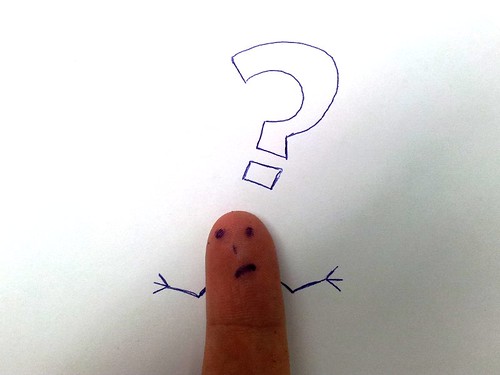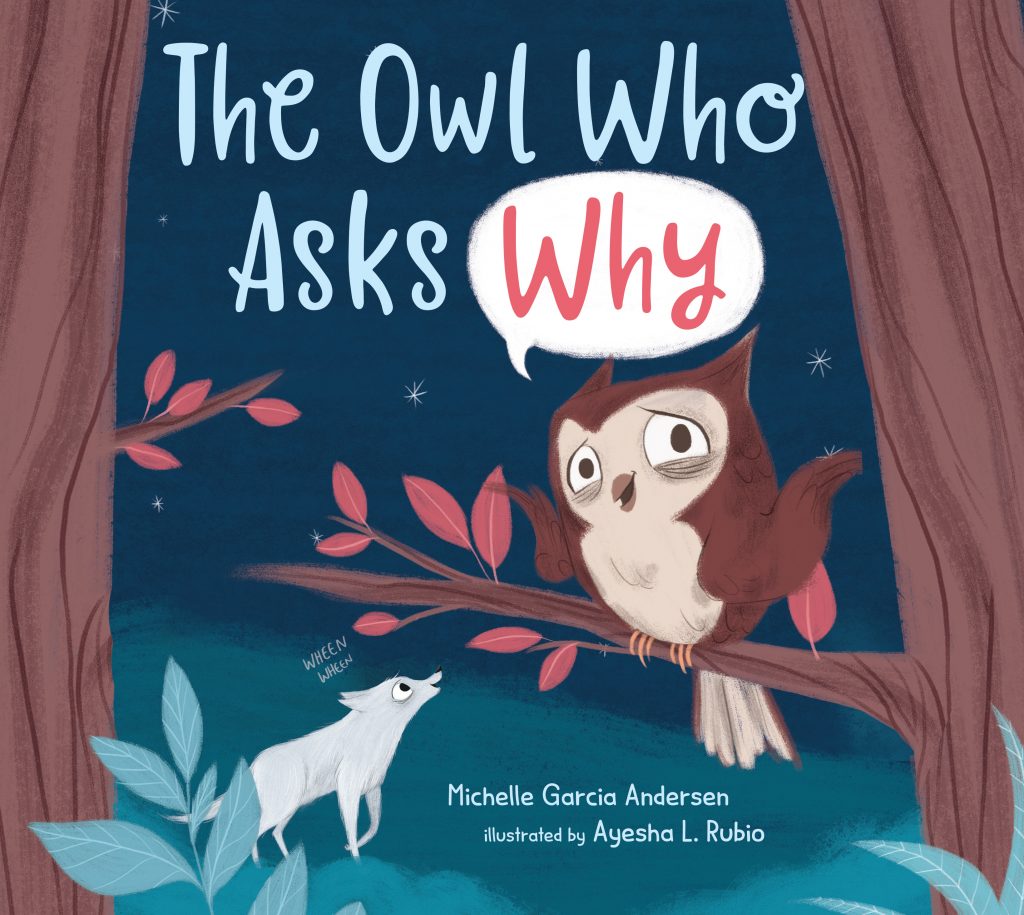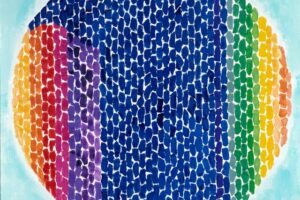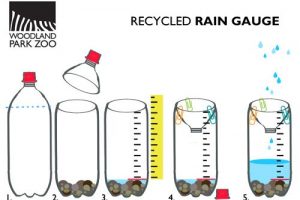
GUEST BLOGGER MICHELLE GARCIA ANDERSEN
Hello Educators and Parents! Thank you for reading The Owl Who Asks Why. I’ve always been a curious person, and as a child, I asked a lot of questions! In this post, we will celebrate that inquisitive nature children have and take some time to observe, investigate, and ask questions.
For this lesson, you will need:
- Large paper for creating a classroom anchor chart
- Markers to record information on the chart
- Paper and pencils (and clipboards if available) for each student
Step One: Ask questions like a scientist
As an introduction to this lesson, please explain the following to your students
In The Owl Who Asks Why, Little Owl and Little Wolf ask a lot of questions. Scientists also ask a lot of questions. They get their answers by using scientific inquiry. That means they use the evidence they gather from observations and investigations to create explanations and answer questions.
Students will be scientists and observe nature as they go on a destination walk.
Step Two: Field work
Before heading outdoors, explain to your students that they are scientists. As they go for their walk, they need to look, think, and act like scientists. If possible, allow students to take clipboards and writing utensils to record their observations.
Reminder
As you lead the class to their destination, be sure to stop several times along the way and allow the students to draw and record what they see.
Step Three: Developing questions
When you return to the classroom, begin as a whole group with an anchor chart. The chart should have three columns: I saw / I think / I wonder. Begin with a class discussion by asking the students to share what they saw on their walk. Record some of the students’ observations and continue filling out the chart. For example:
After the class discussion, decide as a whole group which topic they would like to explore further. For example, if they want to explore how to make a nest, provide students with a variety of materials and allow them to explore how to make a nest. Provide students with books, videos, and multiple resources to learn all they can about this topic. Please note, this lesson will extend over a few days.
Alternate extension activities
Leaf Graphing
As students go on their walk, ask each child to choose one leaf to bring back to the classroom with them. Guide the students to sort the leaves by color, shape, and size. Be sure to record and display their answers with a graph. Please see the example.
Playdough Imprints
As Little Owl and Little Wolf tried to find their way home, Little Wolf saw and recognized his paw prints. For this alternate activity, have a variety of objects like Legos, beads, math manipulatives, and small toys. Students can partner with a friend. Student A makes imprints in the playdough while his partner, Student B, closes her eyes. Then Student B opens her eyes and has to figure out which item left the imprint. Students take turns making and identifying the imprints.
Michelle Garcia Andersen is a member of SCBWI and belongs to many other online writing organizations. She was a teacher for several years and loved teaching kids to read. Now she spends her days writing books for kids to read. Michelle is passionate about children’s literacy and writes books for all ages for the educational market. She’s lived in southern Oregon for most of her life, and has three grown kids. She graduated from the University of Oregon with a Bachelor of Arts in English and from Pacific University with a Masters in Teaching. When Michelle is not writing, you will most likely find her outdoors enjoying nature.
- Website: www.michellegarciaandersen.com
- Twitter: @ChelAndersen
- Facebook: MichelleGarciaAndersen
- Instagram: @ChelAndersen
Featured image: “Finger face with a question” by Tsahi Levent-Levi is licensed under CC BY 2.0












Leave a Reply
Your email is safe with me.